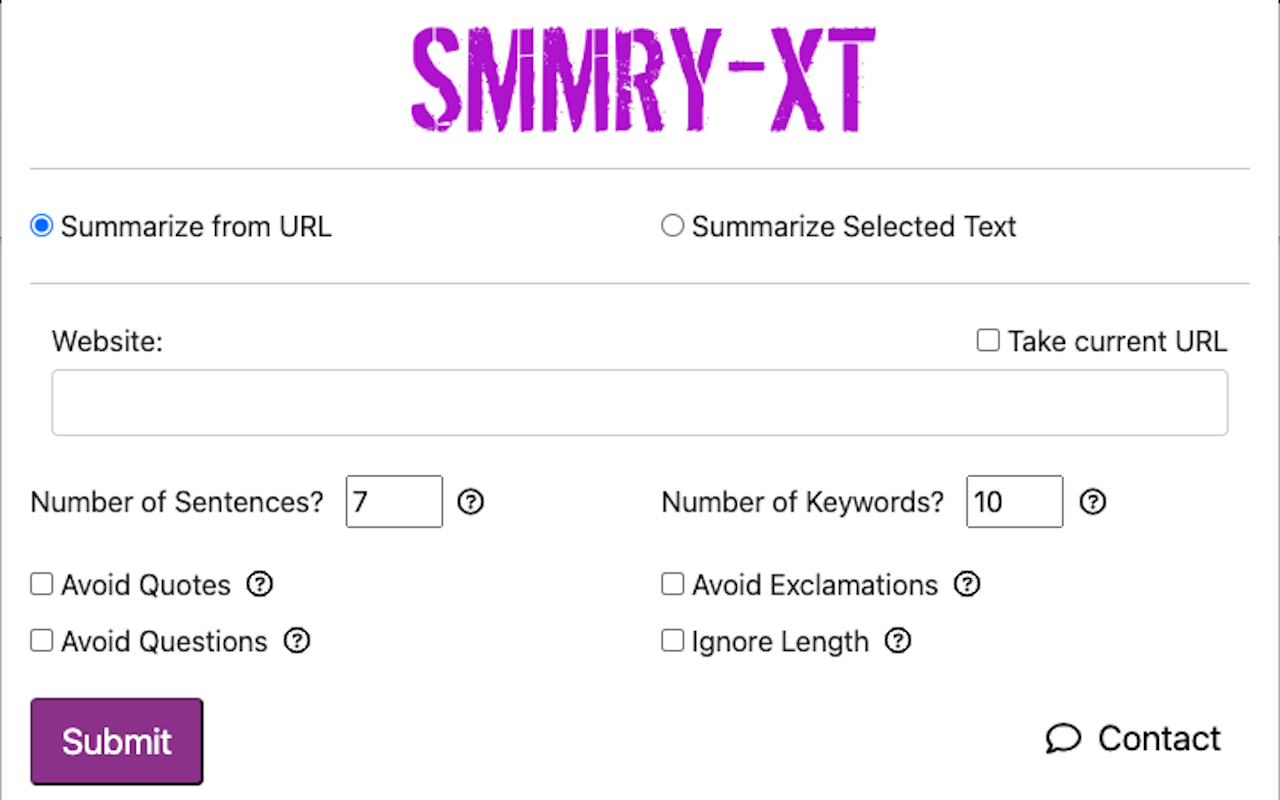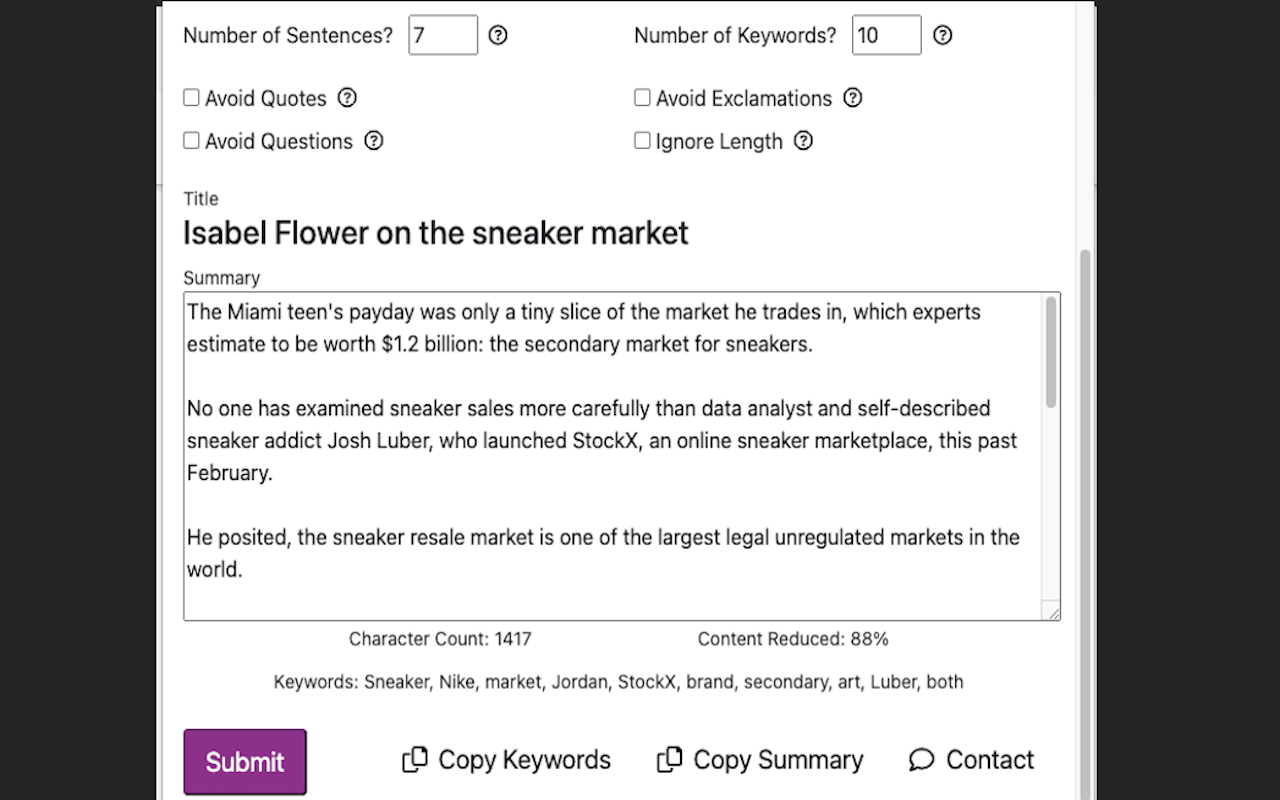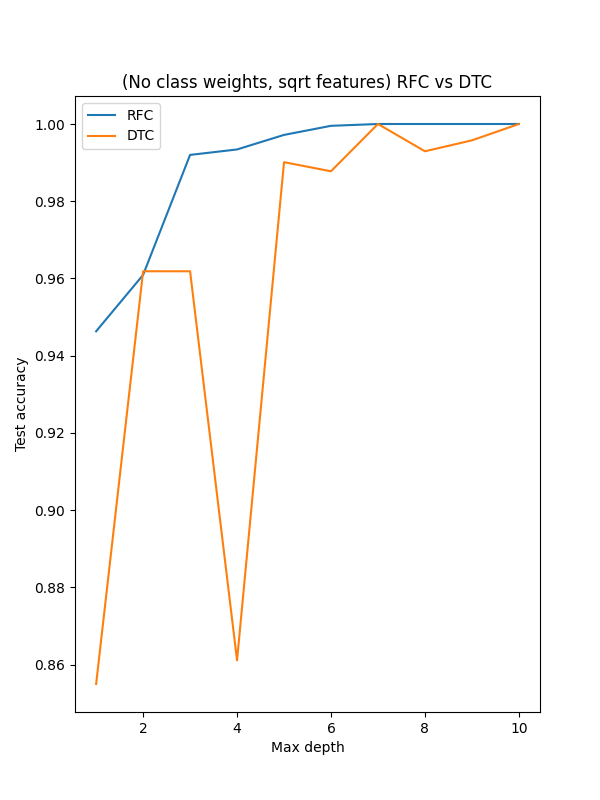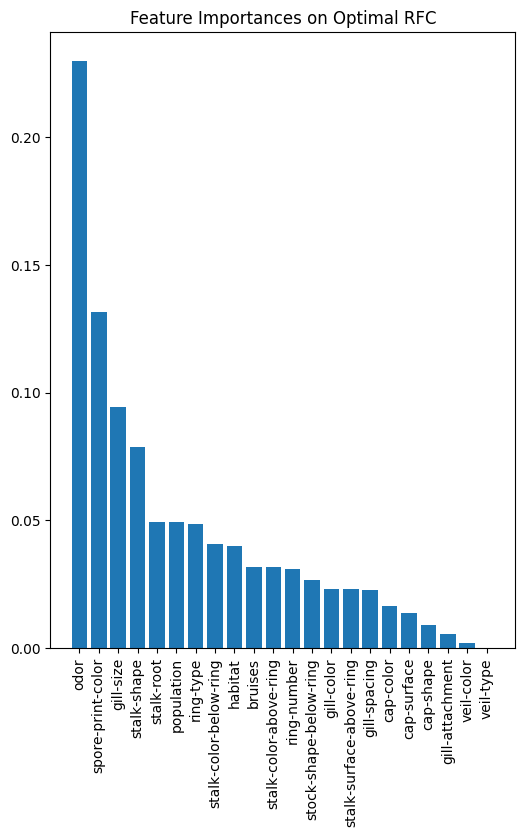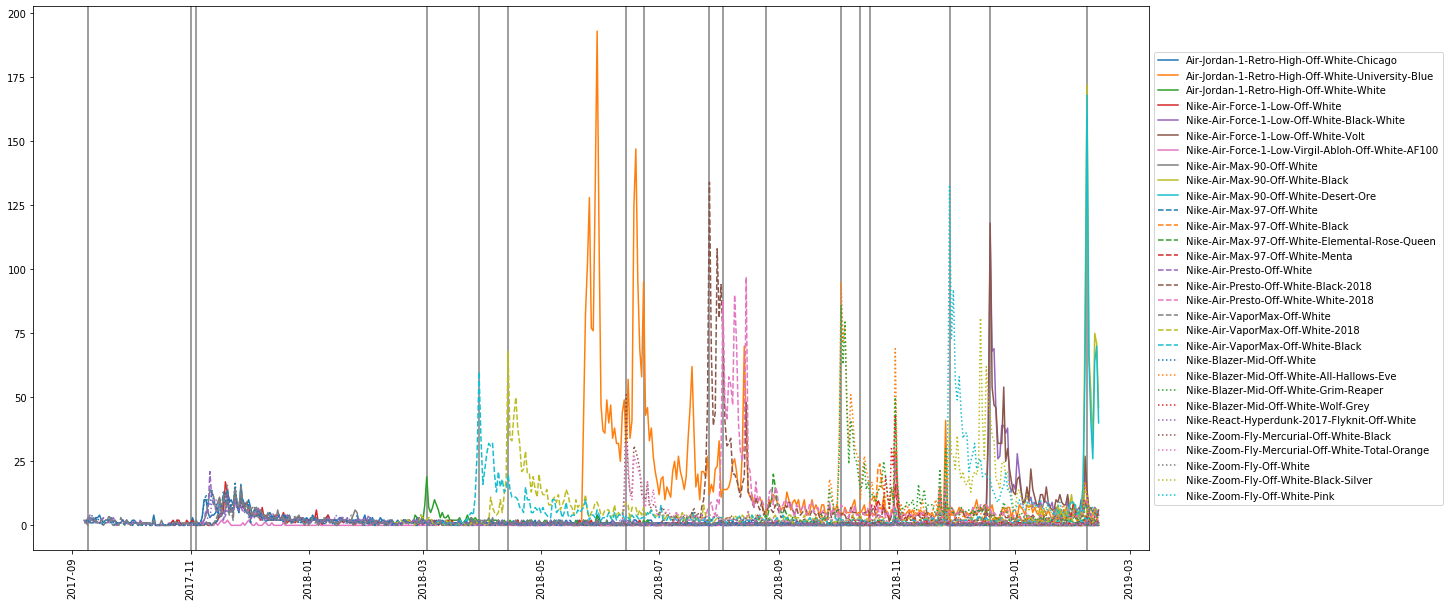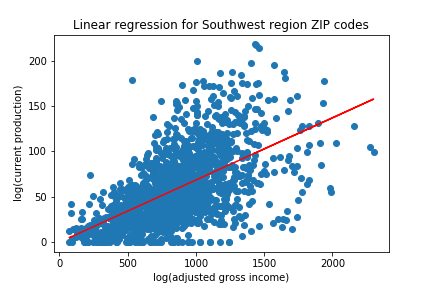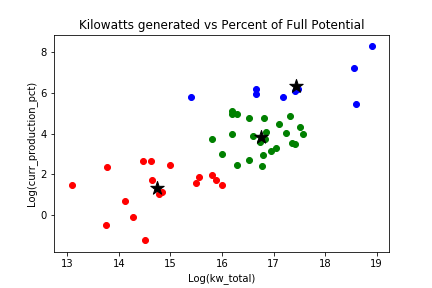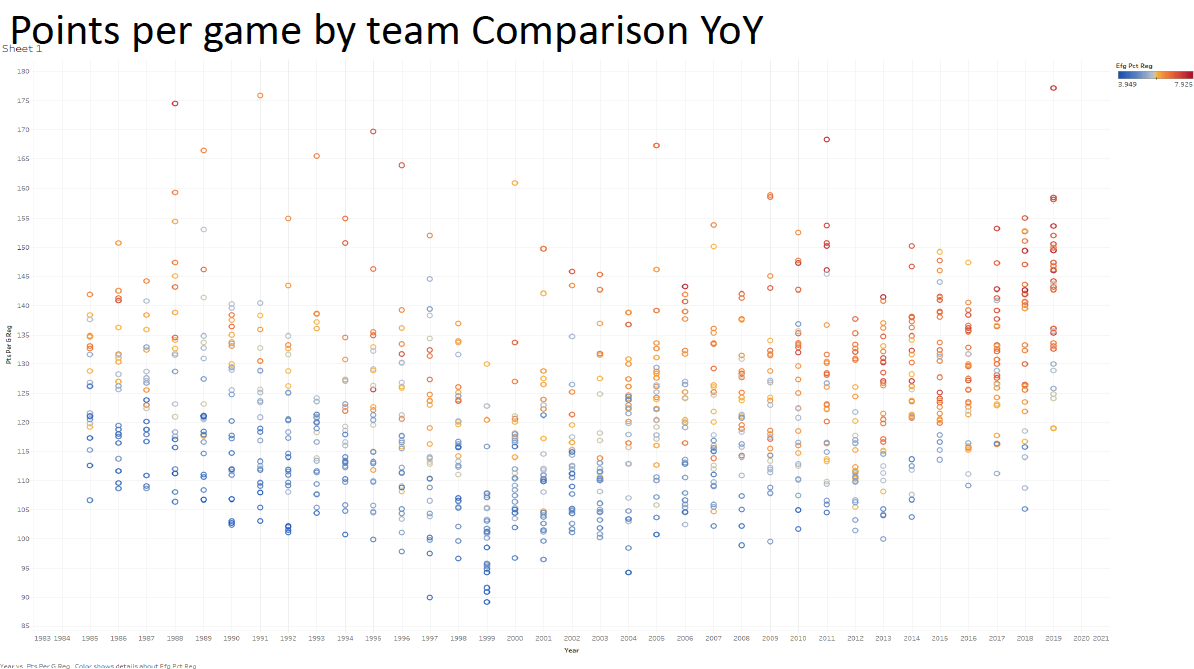Duclade

Built for writers and readers.
Every story has a plot, every guide has a goal, almost every problem has multiple ways to be solved. What do all of these have in common? Two things: 1) Each one has an overarching idea. 2) Each one has multiple sequential "steps" that when put together prop up the overarching idea.
In Duclade, 1) is a "content" and 2) is a "subcontent". A content has information like a title, hook, category, tags, etc. It can be thought of as the entire book, the whole story. Any Duclade user can create a new content if there is a story that they want to share.
A subcontent can be thought of as chapters. Subcontents contain the writing piece (text only for now), summary, and title among other things. But here's the catch: everywhere on the internet and in the world, one person (or group) writes the entire book. End of story (pun intended). But not at Duclade. Here, any user can write their own subcontent that builds off other user's contents and subcontents.
This is where the magic takes place. Say you are reading a story and are eight chapters deep. In the ninth chapter, the main character inexplicably follows through on some horrible act that wasn't in that character's expected plot. You hate it. Other might have liked it and continued down that story, but not you. If this were a book, you'd put it down and never pick it up. But this isn't a book, its on Duclade. So you, as a Duclade user and creative writer, could go back to chapter eight, and write your own version of chapter nine, where the main character does something more heroic than what was in the original story you read. And you can write a 10th chapter which builds off your chapter nine and so on, and it doesn't have to follow the original story at all! You have the freedom to build off what others wrote, and others have the freedom to build off of what you wrote. Other readers might like your version too and they can like and recommend your story to their friends. For a certain content, there may be many different paths readers could go down. They can follow which path works towards the plot or ending they want to see most.

